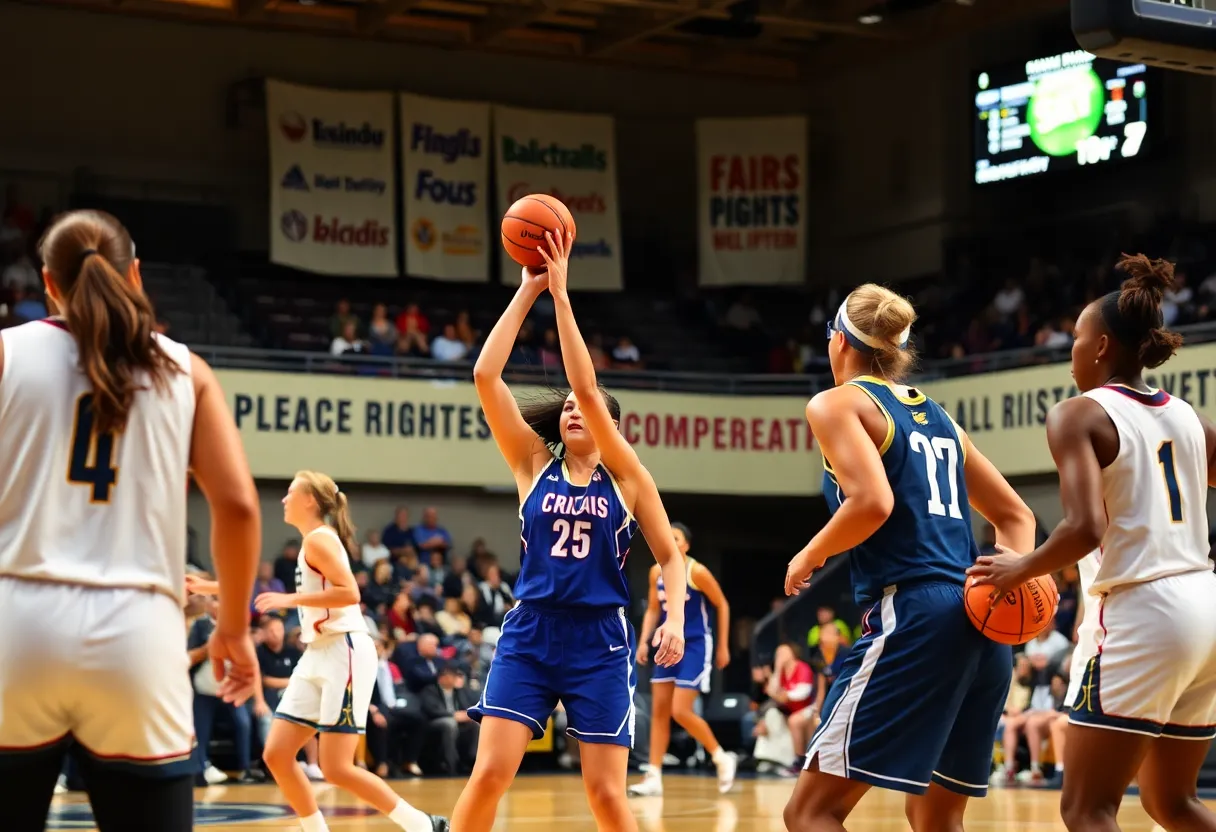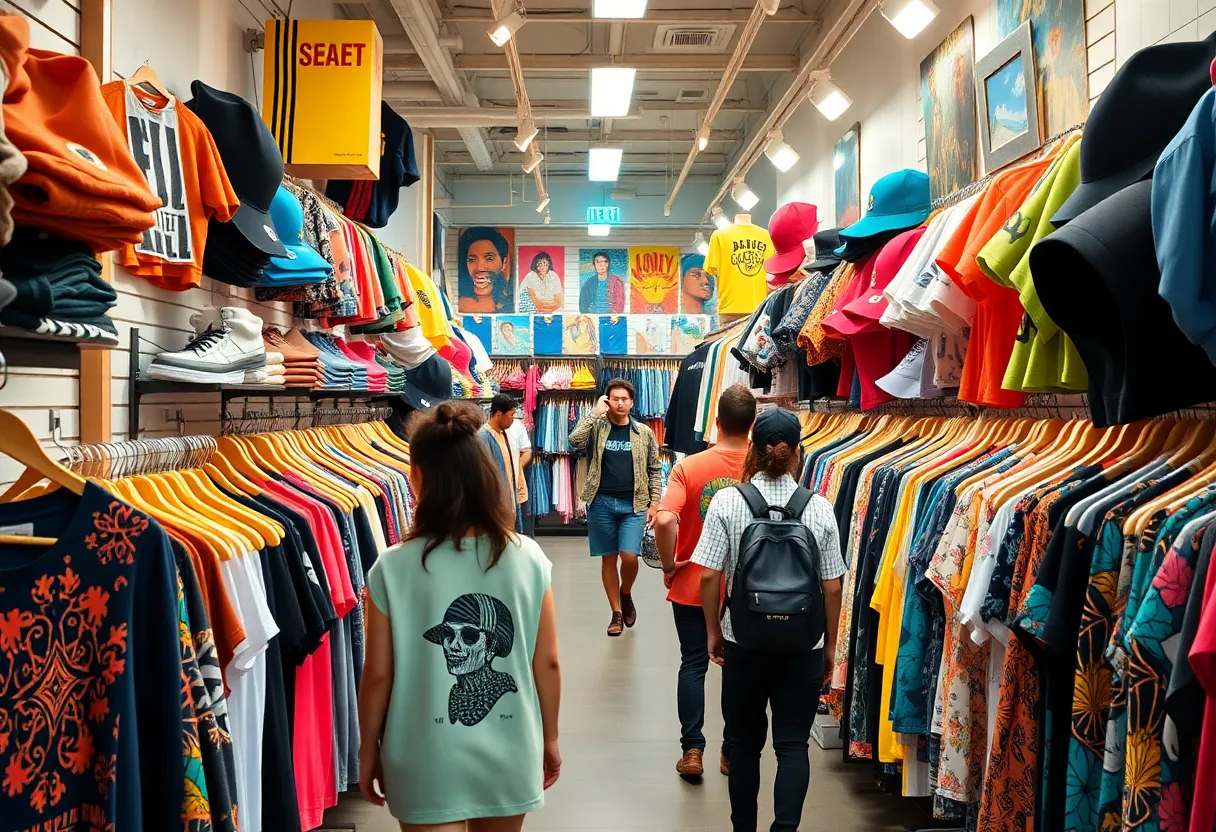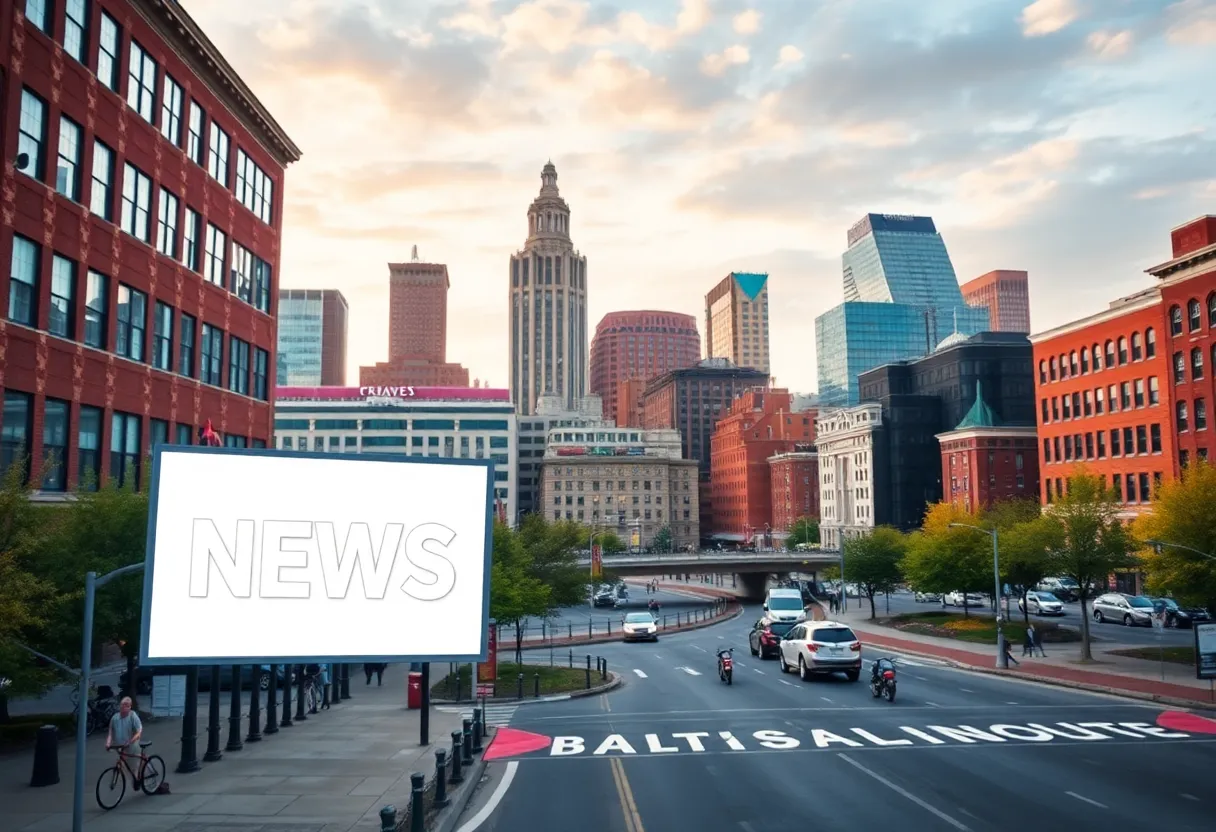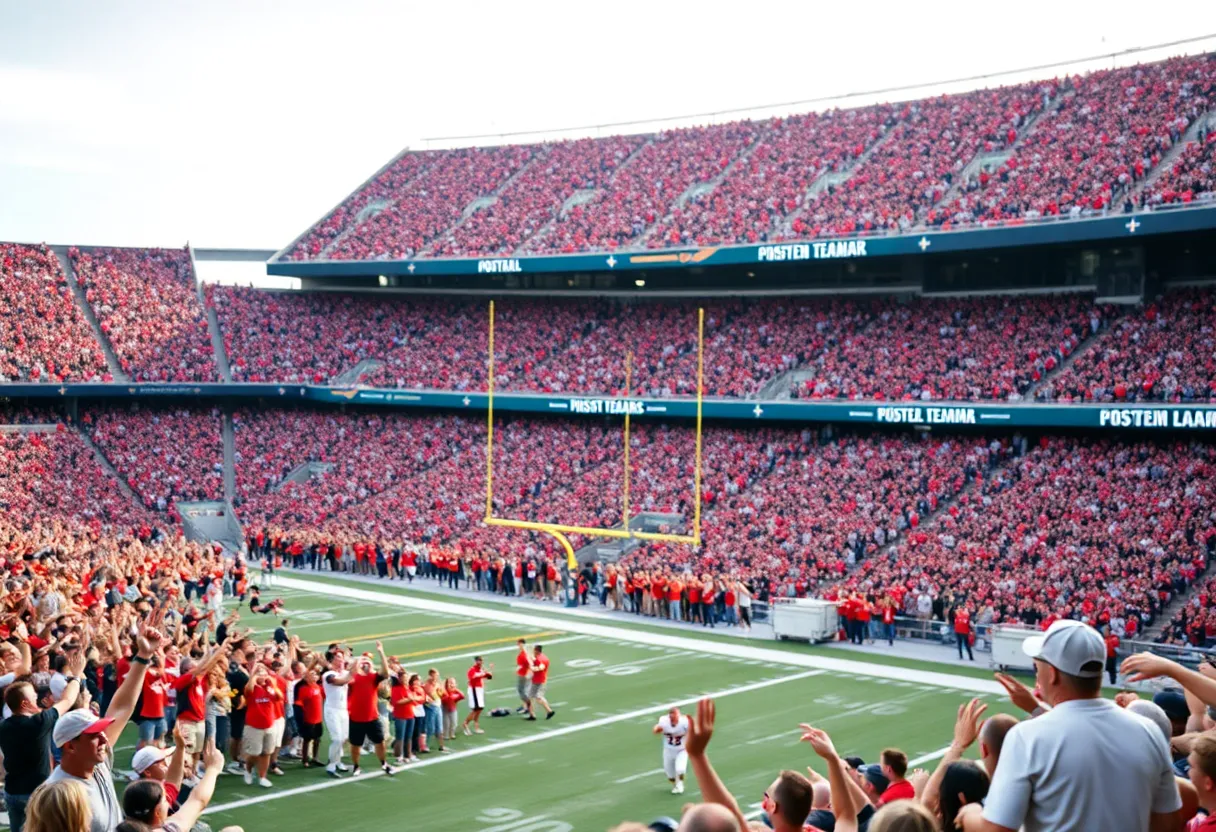News Summary
The WNBA is currently facing intense collective bargaining negotiations as players advocate for fair wages and better working conditions. With the league’s popularity surging, athletes demand compensation that reflects their contributions and the league’s financial success. The current agreement is under pressure as players express dissatisfaction with their share of income compared to their NBA counterparts. As crucial deadlines approach, players are uniting for equitable treatment, raising concerns over leadership and accountability. The outcome of these negotiations may significantly impact the future of the league and its athletes.
New York City – The Women’s National Basketball Association (WNBA) is at a pivotal juncture with players advocating for fair wages and improved working conditions as collective bargaining negotiations intensify. With the league’s growth marked by record viewership and sell-out crowds, athletes are pushing for compensation that reflects the increasing financial success of the league. The current negotiations signal a critical moment as failure to reach an agreement may lead to the first lockout in the league’s history.
Players currently receive a mere 9% of the league’s income, translating to less than 7% of overall revenue. In stark contrast, their male counterparts in the NBA benefit from approximately 50% of basketball-related income. The impending potential for a work stoppage, whether through a lockout or player strike, looms large as the current collective bargaining agreement (CBA), which was signed in 2020 and slated to continue until 2027, is facing serious challenges due to player dissatisfaction with their compensation amidst the league’s rapid financial growth.
Notable new talents like Caitlin Clark, Angel Reese, and Paige Bueckers, alongside revered veterans such as A’ja Wilson and Alyssa Thomas, have significantly raised the league’s profile, showcasing that player quality continues to improve. However, players are unifying to ensure their contributions are adequately acknowledged, demanding equitable compensation that mirrors the league’s upward trajectory.
Nneka Ogwumike, president of the WNBA Players Association (WNBPA), stated that players insist on a revenue percentage that aligns with the league’s business performance. They seek better working conditions as well, including calls for charter travel, improved safety measures, and enhanced support services. The negotiations have been fraught with tension, particularly in light of recent criticisms aimed at commissioner Cathy Engelbert, who players feel has exhibited indifference to their concerns.
Players are showing growing solidarity in their fight for fair treatment. During the 2025 All-Star Game, many athletes wore shirts reading “Pay Us What You Owe Us” to highlight their plight. Moreover, the recent backlash against Engelbert at the WNBA Finals, where she faced boos from fans during an award presentation, underscores the shifting perception among supporters regarding league management.
As contracts and agreements loom, the WNPA remains vigilant regarding potential inequities in the new CBA negotiations. Analysts predict that the league’s revenue could soar to approximately $350 million in the near future. Thus, it is imperative for players to achieve fair salary representation to ensure a sustainable future for the league and its athletes.
If negotiations are unsuccessful by the CBA expiration date of October 31, players have voiced their willingness to consider all options, including exploring alternative playing opportunities in domestic leagues like Athletes Unlimited and Unrivaled. Critical deadlines are fast approaching, compelling players and league officials to prioritize finding common ground to avert disruption.
As the bargaining conversations continue, frustrations are mounting between players and league administration. Key player Napheesa Collier has voiced strong opinions about the current leadership, labeling it as the “worst leadership in the world.” She and other players are urging for accountability and more consistent standards from the league’s top officials.
The stakes are notably high with current trends pointing to increased media rights deals, higher attendance rates, and a surge in merchandise sales, yet the desire for equitable distribution remains unfulfilled. Balancing player demands with the league’s growth objectives will be crucial for advancing the WNBA’s reputation and securing financial fairness for its players moving forward.
Deeper Dive: News & Info About This Topic
HERE Resources
Sonia Raman Becomes First Indian-Origin Head Coach in WNBA
WNBA Revenue Sharing Dispute Intensifies Before CBA Deadline
WNBA Players Union Pushes for Fair Compensation Ahead of Deadline
WNBA Players Demand Salary Increases and Better Working Conditions
Leadership Reshuffle in Baltimore’s Administration
Phoenix Mercury’s Remarkable Journey to the WNBA Finals
Angel Reese’s Fashion Show Debut Shakes Up Women’s Sports
WNBA Faces Leadership Challenges and Officiating Controversies
Chicago to Host 2026 WNBA All-Star Game
WNBA Players Demand Fair Compensation Amid CBA Tensions
Additional Resources
- New York Times: Adam Silver on WNBA Players’ Pay Increase
- Google Search: WNBA Collective Bargaining Agreement
- ESPN: WNBA 2025 CBA Negotiations
- Wikipedia: WNBA
- Bleacher Report: Adam Silver on WNBA Player Increase
- CBS Sports: WNBA CBA Negotiations Update
Author: STAFF HERE BALTIMORE WRITER
The BALTIMORE STAFF WRITER represents the experienced team at HEREBaltimore.com, your go-to source for actionable local news and information in Baltimore, Baltimore County, and beyond. Specializing in "news you can use," we cover essential topics like product reviews for personal and business needs, local business directories, politics, real estate trends, neighborhood insights, and state news affecting the area—with deep expertise drawn from years of dedicated reporting and strong community input, including local press releases and business updates. We deliver top reporting on high-value events such as the Baltimore Book Festival, Preakness Stakes, and Artscape. Our coverage extends to key organizations like the Baltimore Chamber of Commerce and Visit Baltimore, plus leading businesses in shipping and healthcare that power the local economy such as the Port of Baltimore and Johns Hopkins Medicine. As part of the broader HERE network, we provide comprehensive, credible insights into Maryland's dynamic landscape.





